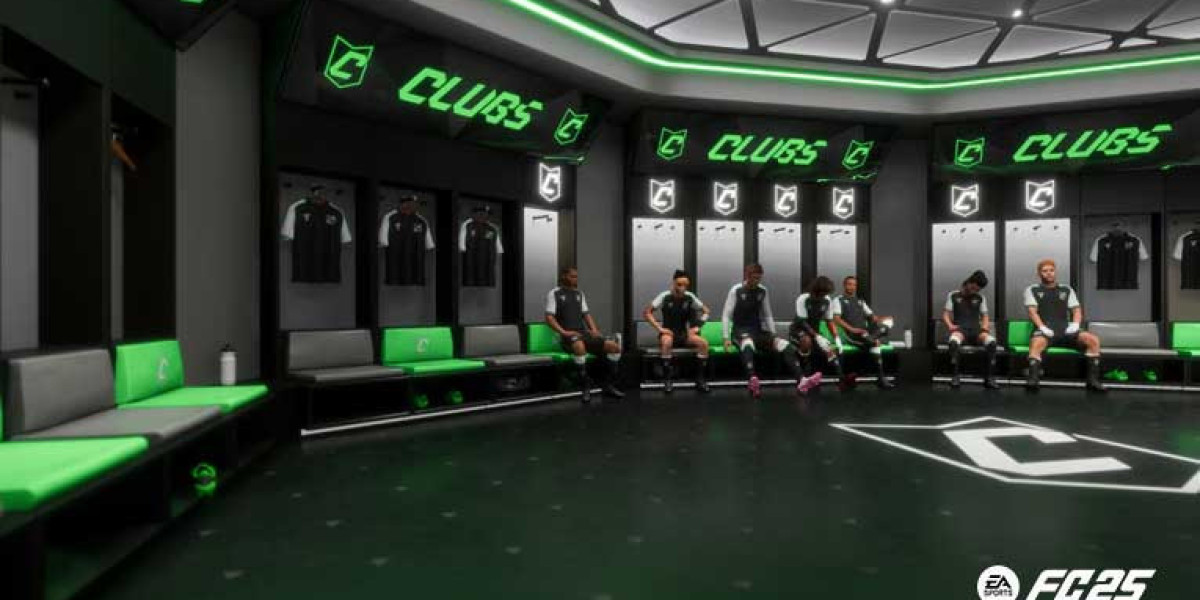In modern construction, prefabricated wall panels have become an essential component due to their efficiency, cost-effectiveness, and quality control advantages.
A critical aspect of their successful implementation is the use of shop drawings—detailed technical drawings that provide precise specifications, dimensions, and assembly instructions for fabrication and installation.
These drawings serve as a bridge between architectural design and actual construction, ensuring accuracy, coordination, and compliance with building codes.
This paper explores the role of shop drawings in prefabricated wall panel construction, highlighting their importance in streamlining production, minimizing errors, and enhancing overall project efficiency.
Understanding Wall Panel Drawings Shop
Wall panels are materials used to cover walls, adding both beauty and function to a space. They come in different types, materials, and designs, making them a popular choice for homes, offices, and commercial buildings.
Types of Wall Panels
Wall panels can be made from wood, PVC, MDF (medium-density fiberboard), metal, glass, and even fabric. Wooden panels give a warm and natural look, while PVC panels are waterproof and great for bathrooms and kitchens. Metal panels add an industrial feel, and glass panels provide a modern and elegant touch.
Benefits of Wall Panels
One major benefit of wall panels is their ability to hide imperfections like cracks or uneven surfaces. They also provide insulation, helping to keep rooms warm in winter and cool in summer. Soundproof panels can reduce noise, making them ideal for offices and recording studios. In addition, many wall panels are easy to clean and maintain, making them a practical choice for busy areas.
Installation and Maintenance
Wall panels can be installed using nails, screws, or adhesives. Some come with interlocking designs, making installation simple. To maintain them, regular dusting and occasional wiping with a damp cloth are enough.=
Components of Shop Drawings for Prefabricated Wall Panels
Shop drawings are essential for the construction of prefabricated wall panels. They provide detailed information to ensure accurate manufacturing and installation. Here are the key components of shop drawings for prefabricated wall panels:
General Information
This includes the project name, location, drawing number, and revision details. It also contains notes on materials, dimensions, and special instructions.Panel Layout and Dimensions
The shop drawing shows the size and shape of each panel, including height, width, and thickness. It also indicates the arrangement of panels on the building.Material Specifications
The drawing lists materials used, such as concrete, steel, insulation, and finishes. It may also include fire resistance ratings and thermal properties.Connection Details
It provides information on how the panels will be connected to each other and the main structure. This includes fasteners, brackets, and welding details.Reinforcement and Structural Details
If the panels are reinforced with steel or other materials, the drawing will specify bar sizes, spacing, and placement. It ensures the panel’s strength and stability.Opening and Embedment Locations
Any doors, windows, or service openings in the panel must be shown. The shop drawing also marks locations for embedded items like electrical boxes and pipes.Installation Guidelines
The drawing may include step-by-step instructions or diagrams to assist in proper installation.
The Role of Shop Drawings in Prefabrication
Shop drawings play a crucial role in prefabrication. They provide detailed instructions on how different building components should be manufactured, assembled, and installed. These drawings act as a bridge between design and construction, ensuring accuracy and efficiency.
In prefabrication, parts of a building—such as walls, floors, and mechanical systems—are built off-site in a factory and then transported to the construction site for assembly. Since everything must fit perfectly, shop drawings include precise measurements, materials, and installation details. They help workers understand the exact specifications and reduce errors.
One major advantage of shop drawings is that they improve coordination among architects, engineers, and manufacturers. By reviewing these drawings before production starts, teams can detect and fix mistakes early. This reduces material waste, saves time, and lowers costs.
Process of Creating and Approving Shop Drawings
Shop drawings are detailed drawings that show how different parts of a project will be built and installed. These drawings are usually created by contractors, manufacturers, or suppliers and are used to ensure everything fits and works as planned.
Step 1: Creating the Shop Drawings
The first step is to create the shop drawings. This is done by a drafting team using special software like AutoCAD or Revit. The drawings include details like dimensions, materials, assembly instructions, and placement of components. These are more detailed than regular design plans and focus on how the actual parts will be made and installed.
Step 2: Reviewing by the Contractor
Once the drawings are created, the contractor reviews them. The contractor checks if the drawings match the original design and if they are practical for construction. If there are mistakes or missing details, the contractor requests changes before moving forward.
Step 3: Submitting to the Architect or Engineer
After approval from the contractor, the shop drawings are sent to the architect or engineer. They review the drawings to ensure they meet the project’s design, safety, and quality standards. They also check if the materials and dimensions are correct.
Step 4: Making Revisions
If the architect or engineer finds errors or suggests improvements, the shop drawings are sent back for revisions. The drafting team makes the necessary changes and resubmits the drawings for another round of review.
Step 5: Final Approval
Once the architect or engineer is satisfied with the shop drawings, they give final approval. This means the drawings are ready to be used for manufacturing and construction. The approved shop drawings serve as a guide for workers to assemble and install the components correctly.
Step 6: Using the Approved Drawings
After approval, the manufacturer or supplier starts producing the materials based on the drawings. Contractors then use them for installation at the construction site. Any further modifications need additional approvals to avoid mistakes and delays.
Conclusion
Shop drawings play a vital role in the successful implementation of prefabricated wall panels, serving as a crucial link between architectural design and on-site construction. These detailed technical drawings ensure accuracy, efficiency, and quality control by providing precise specifications, material details, and installation guidelines.
By minimizing errors, improving coordination among stakeholders, and streamlining the fabrication and installation processes, shop drawings enhance overall project efficiency. Their role in prefabrication extends beyond production, influencing project scheduling, cost reduction, and structural integrity.
Through a structured approval process, shop drawings ensure compliance with design requirements and construction standards, making them an indispensable tool in modern construction projects utilizing prefabricated wall panels.








